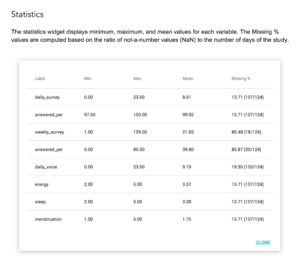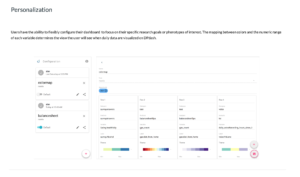Intensive Longitudinal Assessment of College Transition and Psychiatric Illness Supports an Energy Allostatic Model of Depression and Sleep-Wake Dynamics is a publication written by members of the FNIBI lab.
Background
The transition to adulthood and periods of depression both impact sleep-wake behavior transitions. Thus, while sleep-wake behavior is broadly homeostatic the system has buffering capacity to recover from deficits under adaptive conditions. Under unexpected risk landscapes or in response to chronic stressors, individuals may adapt sleep-wake behavior patterns that are locally favorable, but fail to meet broader homeostatic requirements.
Methods
To study sleep-wake behavior dynamics, we followed college undergraduates and individuals with depression using intensive, longitudinal, within-person designs that combined daily self-assessed mood (via smartphone survey) and wrist-based accelerometry (GENEActiv) to estimate continuous activity. Minute-level activity summaries derived from raw movement data were used to model latent “energy” availability, based on a simple capacitance model.
More information:
















